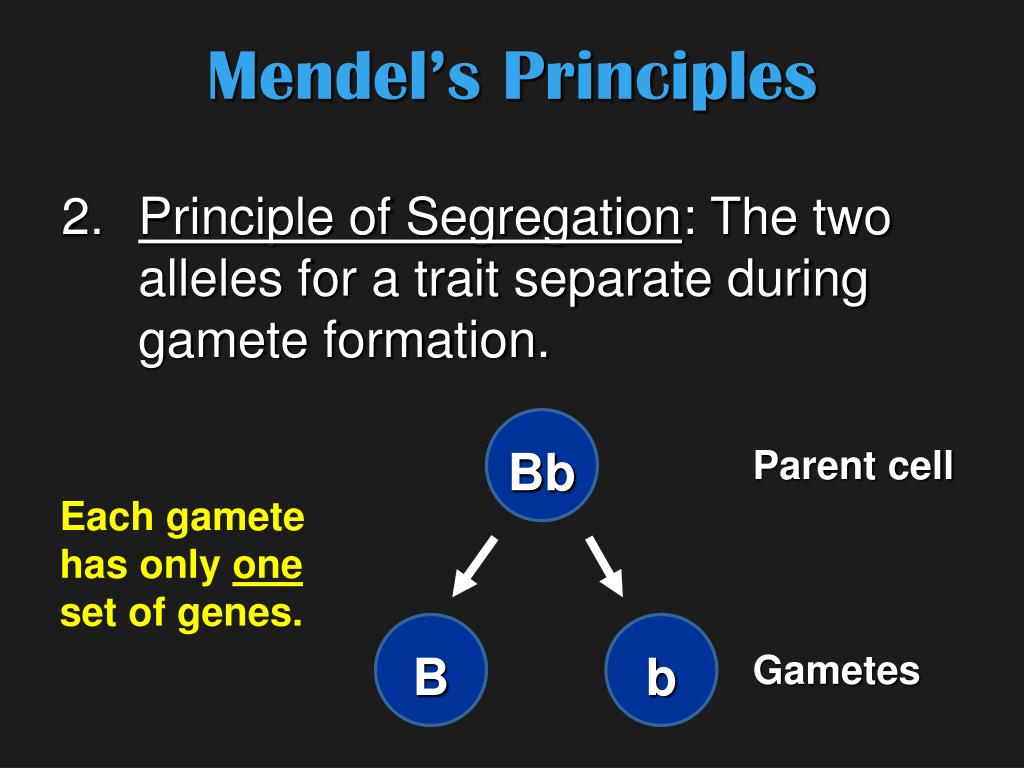

Reports to the Evolution Committee of the Royal Society 1, 125–160 (1902). the term of The principle of complete dominance. The facts of heredity in the light of Mendel’s discovery. In the sections to follow, we consider some of the extensions of Mendelism.

Since then, genetic studies in other organisms have shown that much more complexity exists, but that the fundamental principles of Mendelian genetics still hold true. Berichte der Deutschen Botanischen Gesellschaft 18, 158–168 (1900).īateson, W. Such heterozygous individuals are sometimes referred to as carriers. Mendels Regel über das Verhalten der Nachkommenschaft der Rassenbastarde. Comptes Rendus de l’Academie des Sciences (Paris) 130, 845–847 (1900).Ĭorrens, C. The principle of dominant inheritance discovered by Mendel states that in a heterozygote the dominant allele will cause the recessive allele to be masked. The variation of anmials and plants under domestication. (Cambridge University Press, 1902).ĭarwin, C. Mendel’s Principles of Heredity: A Defence.

Verhandlungen des naturforschenden Vereines in Brünn 4, 3–47 (1866).īateson, W. Two aspects are worth highlighting: Mendel defined the terms dominant and recessive (used as such in the original German text) specifically for discontinuous traits, based on the characteristics of the hybrid, and he did not make a conceptual distinction between the manifesting trait and the heritable material. Mendel defined: “those characters which are transmitted entire, or almost unchanged in the hybridisation, and therefore in themselves constitute the characters of the hybrid, are termed the dominant, and those which become latent in the process recessive” 1, 2. Cross-fertilization of (pure) plants that differed in one of the character pairs led to complete disappearance of one of the characters in the offspring, whereas cross-fertilization of these hybrids caused re-appearance of that character in one quarter of the offspring. He focused on discontinuous traits - discrete, clearly distinguishable pairs of ‘differentiating characters’ that always occurred in an either/or constellation, such as smooth or wrinkled form - and specifically ignored traits that showed an intermediate form ( Mittelform). When Gregor Mendel performed his crossbreeding experiments with the garden pea in the 1850s, he made a choice that proved to be crucial for the success of his research. ADVERTISEMENTS: The following points highlight the seven main exceptions to the principle of dominance and paired factors. Understanding the principles and physical basis of heredity was one of the major scientific challenges during the nineteenth century.


 0 kommentar(er)
0 kommentar(er)
